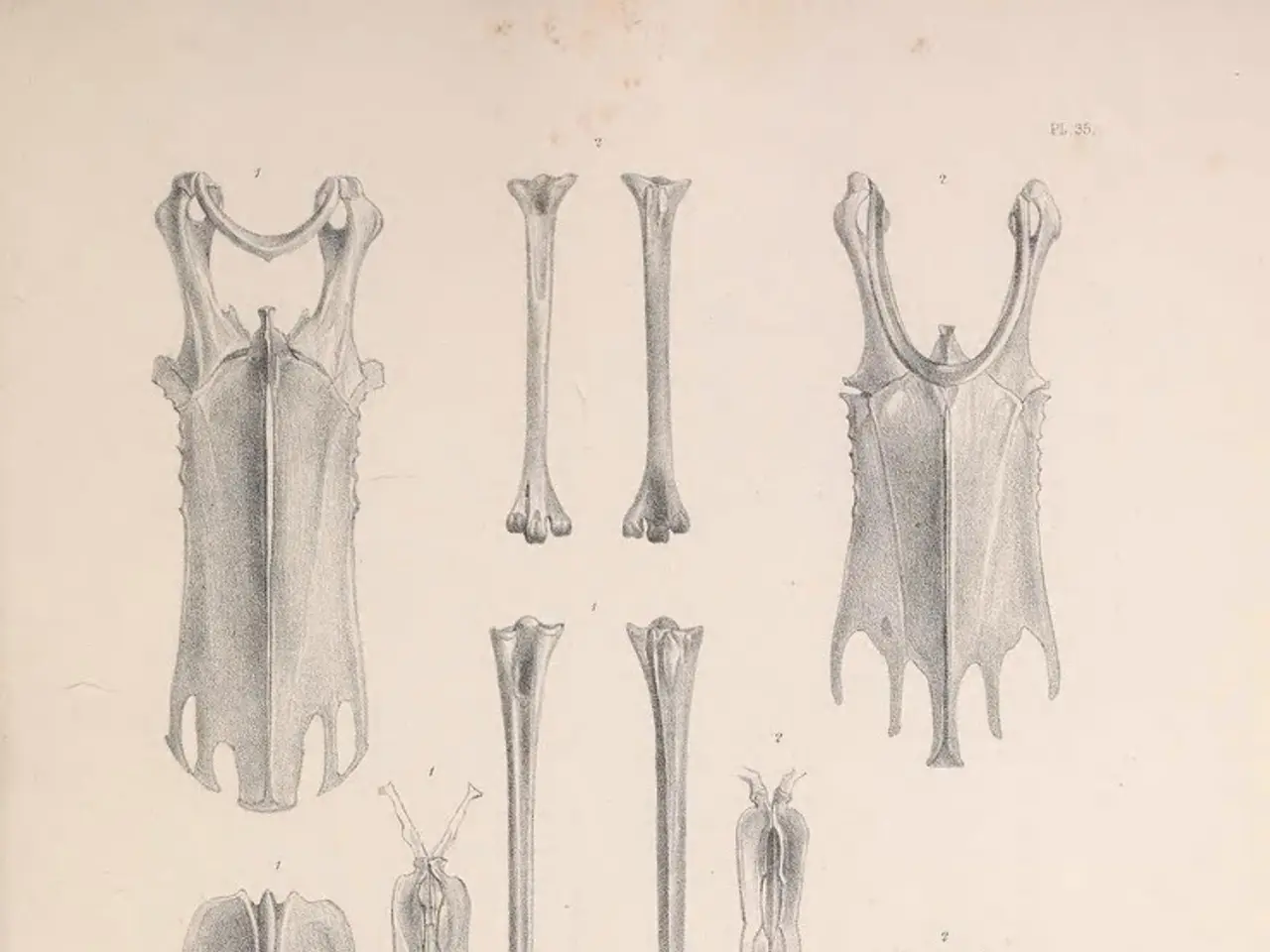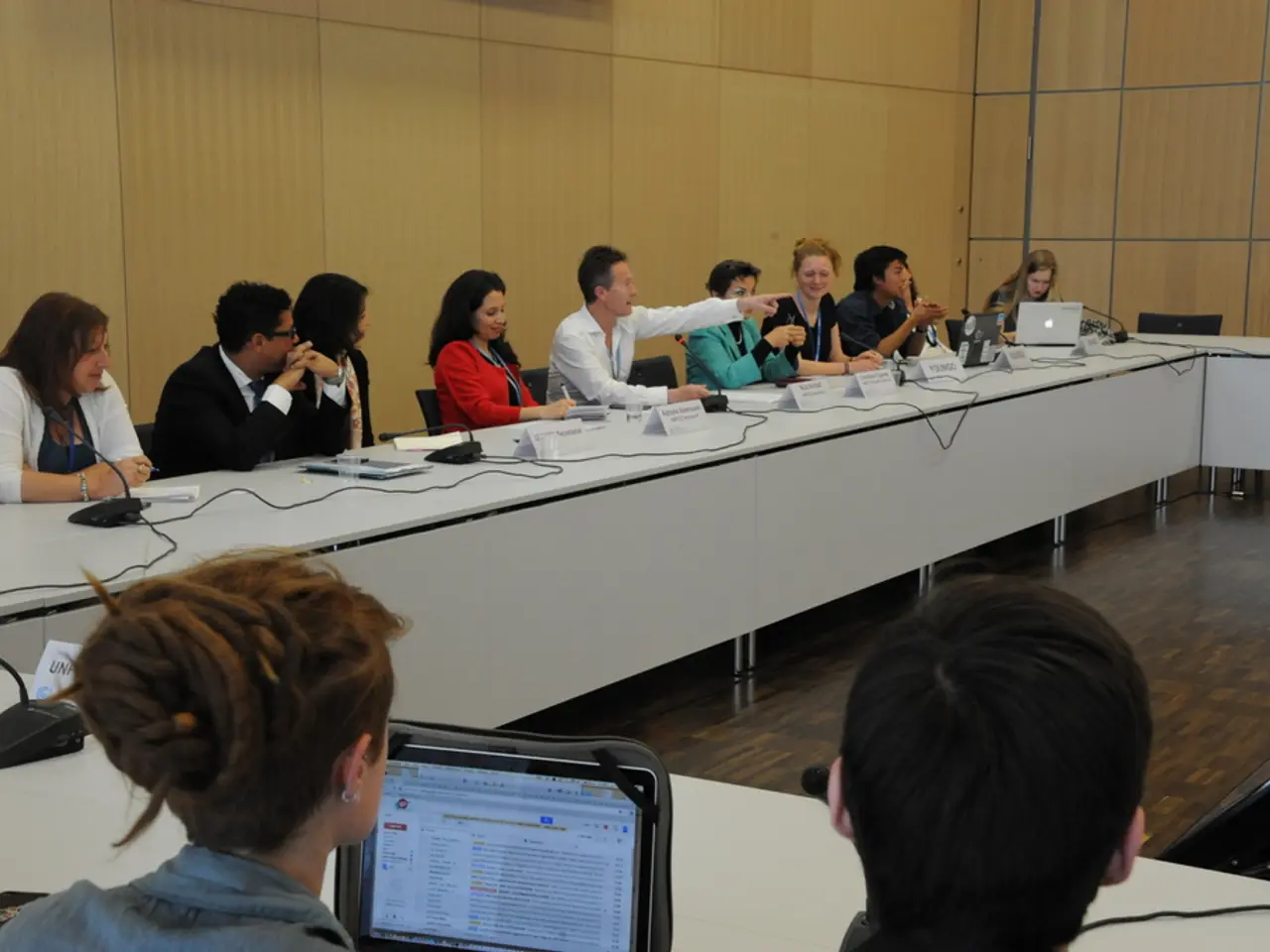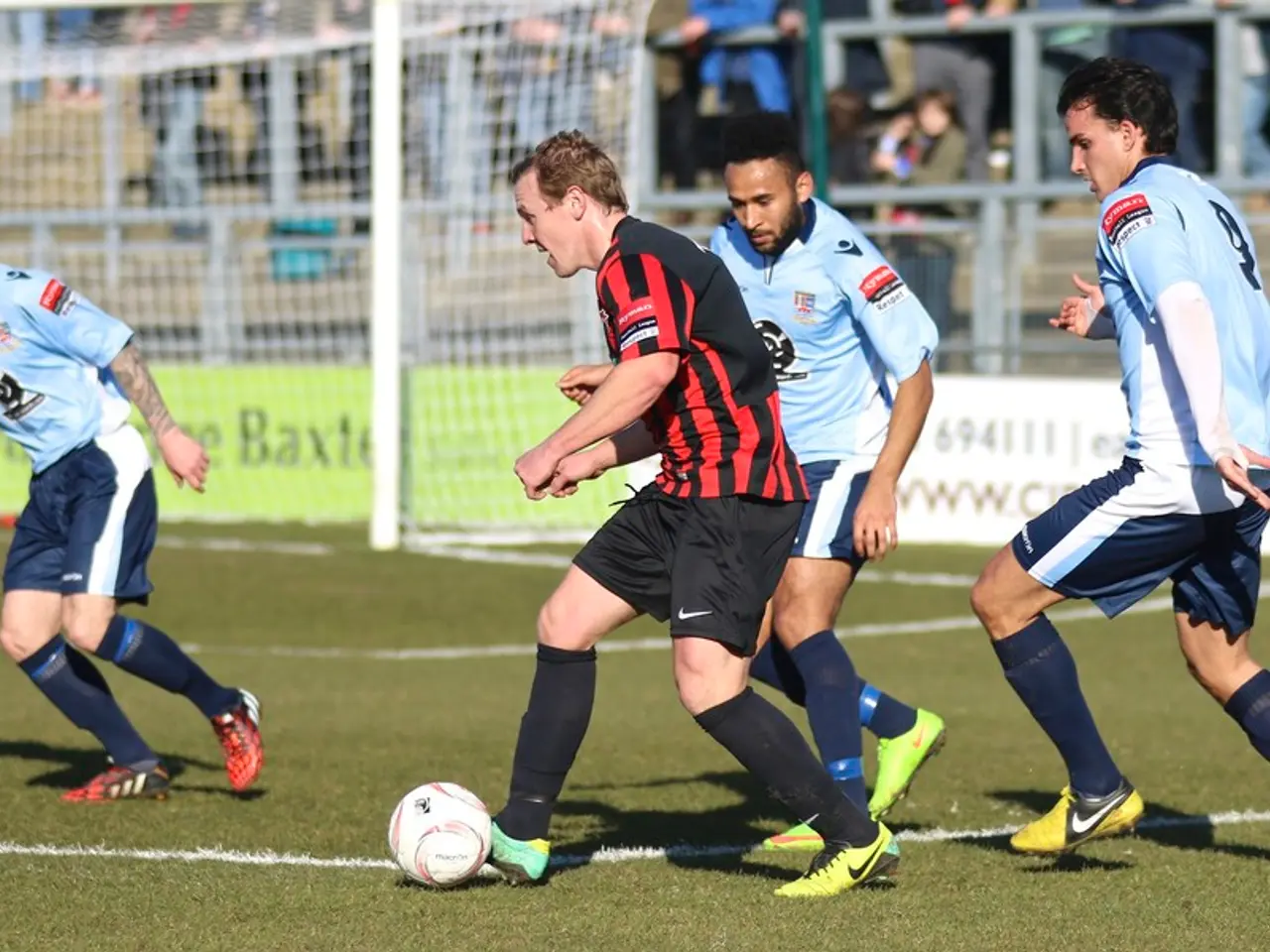The Bony Framework - Unraveling the Purpose Behind Our Skeletal Structure
The Imagination Tree's fun math game about bones is just one of many ways to learn about the fascinating world of our skeletal system. In this article, we delve into the essential roles of the human skeleton - support, protection, and movement.
The skeleton acts as the body's structural framework, supporting soft tissues and maintaining shape. Bones like the vertebral column and leg bones uphold the entire body, allowing it to retain its form and stand upright. The spine, consisting of 33 vertebrae, plays a crucial role in this regard.
The skeleton also protects delicate internal organs. The skull encases the brain, while the rib cage safeguards the heart and lungs. The vertebrae shield the spinal cord from damage due to external forces.
Bones serve as levers for muscles to attach and exert force. Muscles pull on bones at joints, which act as pivot points, allowing coordinated movement of limbs and locomotion. This musculoskeletal interaction enables complex activities such as walking, running, and manipulating objects.
The human skeleton, made up of all our bones, grows as we grow. At birth, a human has about 300 bones, but some fuse together to form the final 206 adult bones. The longest bones in the body are found in the arms and legs, and they are shaped like tubes and are very strong. The femur, for instance, is the longest bone.
Bones have joints that allow movement with the help of muscles. Hinge joints, found in the elbow and knee, allow bending and straightening of arms and legs, while ball and socket joints, found in the shoulders and hips, allow movement in different directions.
The skeleton supports mineral storage (like calcium and phosphorus) and blood cell production in bone marrow, but for support, protection, and movement, the skeleton's solid framework and jointed arrangement are foundational. Without a skeleton, the body would have no shape, organs would be vulnerable, and muscles could not effect movement.
I Can Teach My Child explains why we need muscles and bones using a pancake and a cookie. Soaking a chicken bone in vinegar for a few days makes it bendy, as the vinegar reacts with the calcium carbonate in the bones, breaking it down and making the bones softer. This simple experiment illustrates the importance of bones in maintaining their structure.
For a more hands-on learning experience, there is a life-size skeleton from Fun at Home with Kids for learning about bones. To keep bones healthy, one can find out how to do so and practice fixing broken bones on a doll with Modroc.
This article is suitable for Key Stage 1 Science and was last updated on July 11, 2025, by Emma Vanstone. It also includes Halloween science experiments and other fun ideas for learning about the human body. The skull, a part of the skeleton that provides protection for the brain, is another important component of this complex and intriguing system.
- Children can learn about the function of bones in the context of health-and-wellness and fitness-and-exercise through activities like soaking a chicken bone in vinegar to illustrate its importance in maintaining structure, as demonstrated in I Can Teach My Child.
- The human skeleton, which grows from about 300 bones at birth to 206 in adulthood, serves not only as a strong framework for support and protection, but also as a lever for muscles to exert force, enabling complex activities such as walking, running, and manipulating objects.
- Equipped with a life-size skeleton, kids can engage in hands-on learning experiences about the human skeletal system, as offered by Fun at Home with Kids.
- The skeleton also plays a crucial role in science, as seen in the fascinating world of our skeletal system, where learning is further facilitated by fun math games like The Imagination Tree's bone game, and Halloween science experiments that explore the complexity and intrigue of this system.




